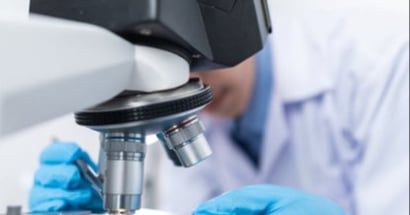Strategic challenge
XEOS initiated a multicentric study in hospitals across Belgium, Germany, and Italy to evaluate the clinical outcomes of surgery with the AURA10. Beyond mapping out the medical benefits of this technology, gaining insight into its financial impact within hospitals is essential for a successful market introduction.
Möbius was asked to support the development of a substantiated budget impact model to map out the financial effect of using the AURA10. The challenge involved identifying and comparing two patient pathways:
-
AS IS: the current care pathway without the AURA10
-
TO BE: the care pathway where the AURA10 is used during surgery
This study was conducted for lumpectomy and prostatectomy in collaboration with two Belgian university hospitals.
Approach
Möbius closely collaborated with the XEOS team and two Belgian university hospitals to map the care pathway and its associated costs and revenues. This was done through desk research and interviews with key hospital stakeholders (experts), including surgeons, nuclear medicine specialists, and pathologists.
The collected data covered key parameters, such as:
-
Duration of the surgery
-
Length of stay (LOS)
-
Number of revision surgeries
-
Duration of potential ICU stay
-
Other relevant costs and revenues
Using specific billing data and cost information, a detailed overview of hospital costs and revenues was created using the Value4Health dashboard. The dashboard provides extensive insights into the financial aspects of treatments per pathology or patient group.
By leveraging nomenclature codes linked to surgical procedures, the costs per service and their associated revenues were allocated to each step within the care pathway. This information allowed for the development of a dynamic budget impact model that provides a detailed assessment of the financial impact of using the AURA10 in surgery. This allows XEOS and the hospitals to evaluate the results of different scenarios.
Results
Together, we were able to provide a clear overview of patient care pathways, both in the current standard of care (AS IS) and in the scenario where the AURA10 is implemented (TO BE). The dynamic budget impact model mapped out the financial impact of the AURA10 in hospitals by identifying both cost increases and potential savings associated with using this innovative medical imaging technology in breast and prostate surgeries (lumpectomy and prostatectomy).
Furthermore, the model supports broader market access by offering first insights into the cost-effectiveness of the AURA10. Adjustable parameters enable the model to evaluate the potential applications in tissue-sparing tumour surgery.
The developed model enables XEOS to create a well-founded business plan for the Belgian market, with the flexibility to expand it to other European countries.












